Expert Review
Lexus ES 300h saloon (2019 - ) review
The Lexus ES is a stylish and distinctive executive saloon with a unique character and effective hybrid powertrain, though the lack of a plug-in option is a disadvantage compared with its rivals

Words by: Ivan Aistrop

Additional words by: Auto Trader
Last updated on 5 September 2020 | 0 min read
The Auto Trader expert verdict:
3.9
The Lexus ES is something a little different to the Audi, BMW and Mercedes models most executive car customers drive. It majors on comfort, quietness, quality and equipment, and it makes a very sound financial case for itself as well. It’s not the most enthralling car you’ll ever drive, and it could be a shade more practical, but it’s a very credible alternative to the established elite.
Reasons to buy:
- Comfortable and quiet on the road
- Very solidly built
- Stacks of standard kit
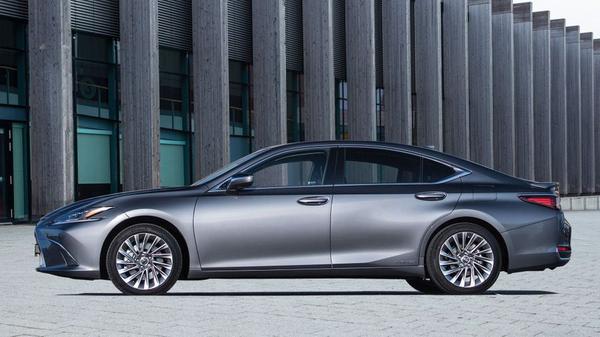
Running costs for a Lexus ES 300h
This is where the ES really starts to make sense. Prices are significantly lower than those of its German competitors, and that’s before you factor in all the extra standard equipment you get, which further increases the value divide. Even better, the ES’s resale values are predicted to be very high indeed. That means you’ll either get a good proportion of your initial investment back come resale time or, if you buy on finance, it means monthly payments will be a good slice lower.
The ES makes even more sense, though, if you’re a company car driver. The efficient hybrid drivetrain gives it a lower official CO2 output than most of its diesel-powered rivals, giving it lower company car tax bandings, and there’s no diesel surcharge to pay, either. Unfortunately for Lexus, though, the Mercedes-Benz E-Class, BMW 5 Series and Audi A6 are all available as plug-in hybrids, which cost more upfront but could save those company car drivers hundreds each month in Benefit In Kind savings.
Expert rating: 4/5
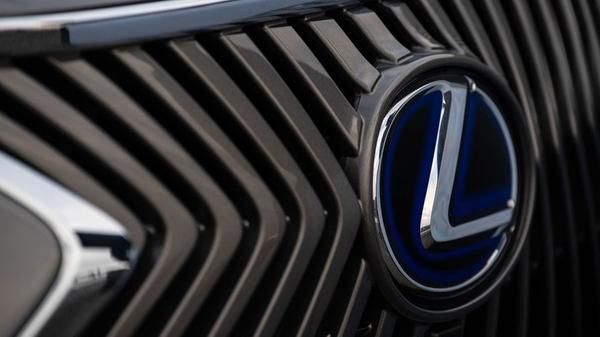
Reliability of a Lexus ES 300h
This is another area in which the ES is likely to impress. As a manufacturer, Lexus is always on, or near, the top of any given reliability survey you care to mention, so you can be as confident as it’s possible to be that your car won’t go wrong. And, if something does go wrong, Lexus has one of the industry’s finest reputations for customer service, so getting it sorted should prove fairly painless. You’re also covered by a three-year/60,000-mile warranty, while the hybrid parts are covered for five years/60,000 miles.
Expert rating: 5/5
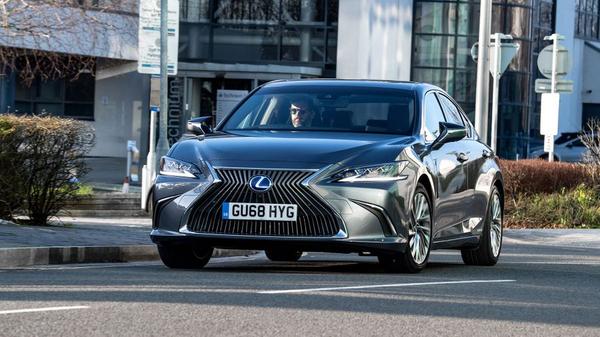
Safety for a Lexus ES 300h
Along with all the usual traction and stability aids you’d expect these days, and no fewer than 10 airbags, the ES comes with lots of clever safety equipment as standard. That includes automatic emergency braking that can detect pedestrians, cyclists and all manner of other obstacles. There’s also adaptive cruise control that keeps you a safe distance from the car in front, lane keep assist that steers you back into your lane if you start to veer off, automatic high beam lights and traffic sign recognition. Specify the top-spec Takumi model, and you also get a blind spot monitor and automatic braking that also works in reverse.
Expert rating: 5/5
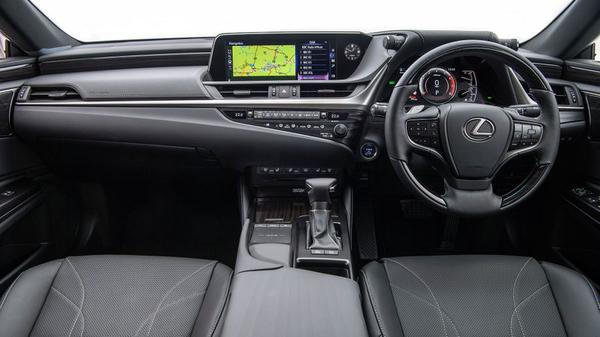
How comfortable is the Lexus ES 300h
Unlike the GS it replaces, the ES has no pretensions of sportiness whatsoever. Instead, it concentrates on comfort and quietness, and it’s all the better for it. We must caveat that by pointing out the Spanish roads on which we drove the car were absolutely immaculate, in marked contrast to those most of us drive on back home.
Choose the F Sport model, and you get adaptive suspension that makes things tauter and sportier if you select the appropriate driving mode. In truth, it does pretty much nothing to improve the ride and does very little to help the handling, either.
The seats are very supportive and comfortable, there’s loads of powered adjustment for your driving position and your all-round visibility is pretty good. However, if you’re particularly tall, you might struggle more for headroom, making you feel a little hemmed in. It’s a similar story in the back. There’s absolutely bags of legroom – only millimetres less than in the LS limousine, so claims Lexus – but taller passengers might find their hair uncomfortably close to the headlining. The boot is big enough for most everyday loads, but it’s some way behind its rivals for outright capacity. What’s more, because the rear seats are fixed, there’s no option of folding them down to boost load capacity.
Expert rating: 3/5
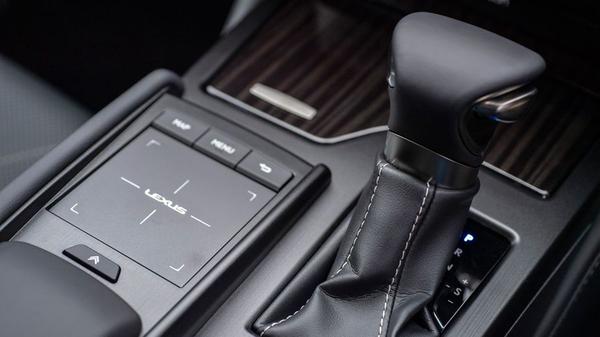
Features of the Lexus ES 300h
There are three main trims available, named ES, F Sport and Takumi. The ES kicks the range off with very generous kit including all-round parking sensors, a reversing camera, keyless entry, automatic headlights, climate control, heated and power adjustable front seats, leather-effect upholstery, and infotainment combining sat-nav, DAB radio and Bluetooth. Android Auto and Apple CarPlay connectivity is standard on all models.
As well as the clever suspension and chunkier styling, the F Sport also adds rain-sensing wipers, a windscreen de-icer and a different interior styling treatment. The range-topping Takumi model adds a head-up display, 360-degree parking cameras, a powered bootlid with kick sensor, wireless phone charging, reclining rear seats and posher leather upholstery. You also get an upgraded Mark Levinson stereo with 17 speakers for fabulous sound quality.
On all grades the ES’s build quality is rock-solid, so it feels like a classy environment. However, the dashboard is smattered with lots of small buttons, and the infotainment system isn’t as intuitive as those in rivals either.
Expert rating: 5/5
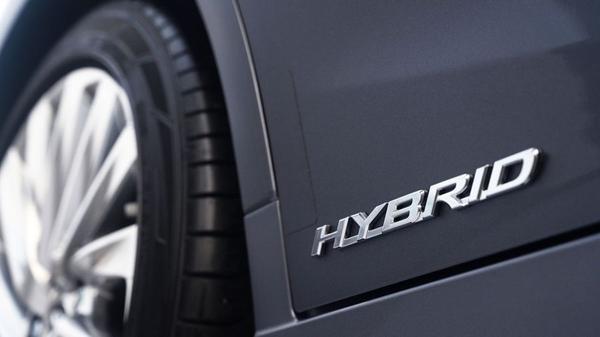
Power for a Lexus ES 300h
All ESs come with hybrid power, bringing together a 2.5-litre petrol engine and an electric motor to produce 218 horsepower. Performance is modest, as you’ll see from a 0-62mph sprint time of 8.9 seconds and a top speed of 112mph, but your progress is at least reasonably smooth and quiet.
With many hybrids, you find that simply breathing on the throttle pedal sends the engine revs shooting sky high and you get a whole lot of noise for not much acceleration. This is rather better than that. You don’t need an awful lot of pressure on the accelerator for the revs to start climbing, but the noise is kept quite distant and you’ll notice much more of a resemblance between the work rate of the engine and your rate of acceleration.
Expert rating: 3/5